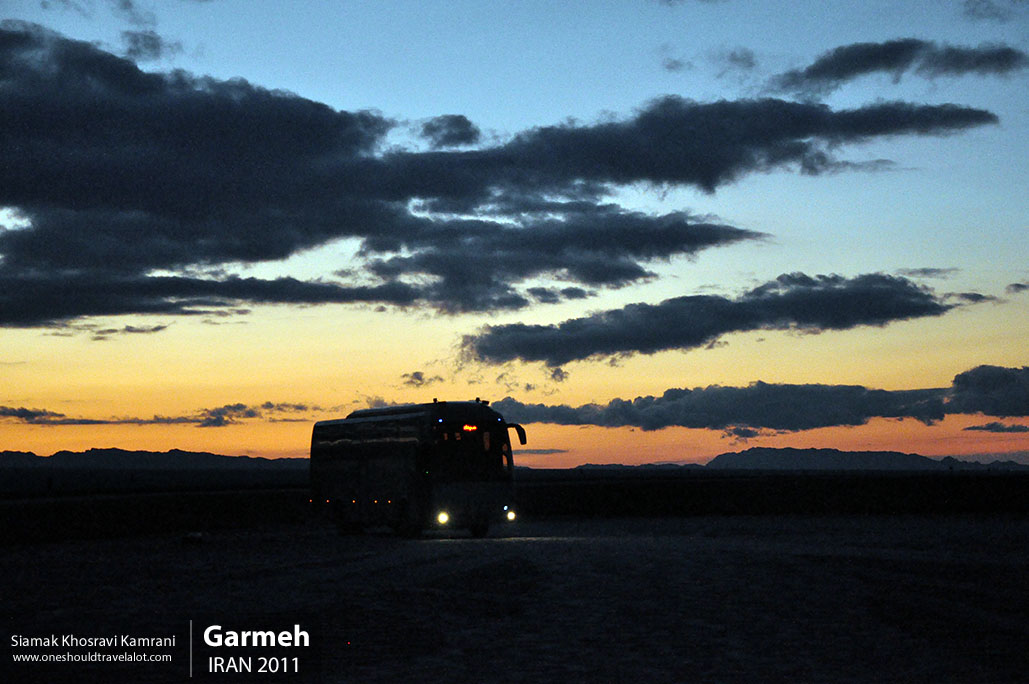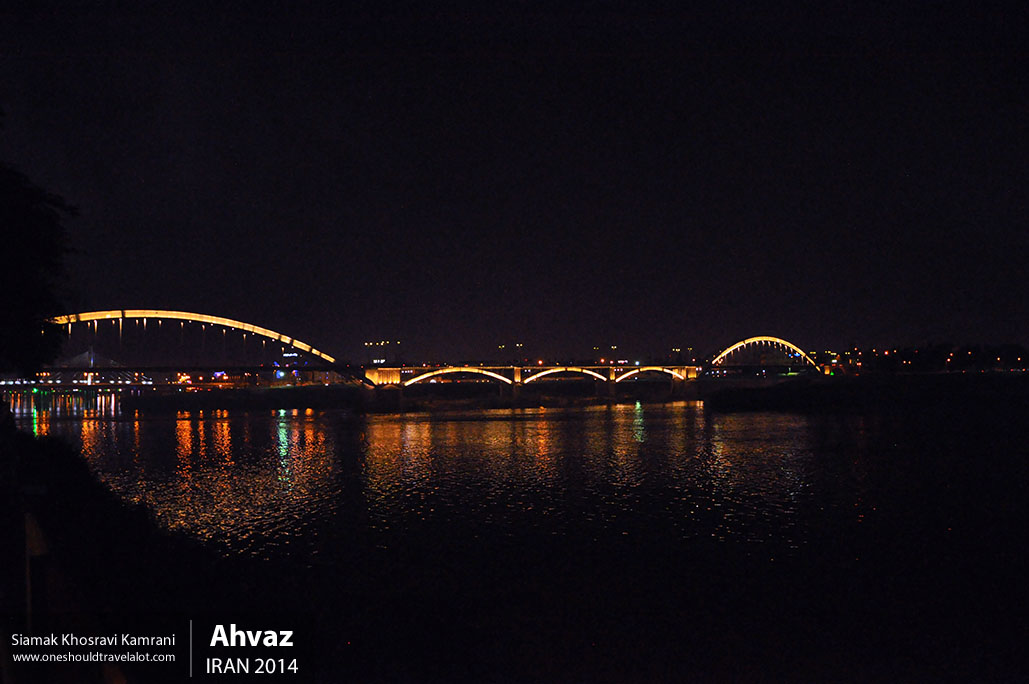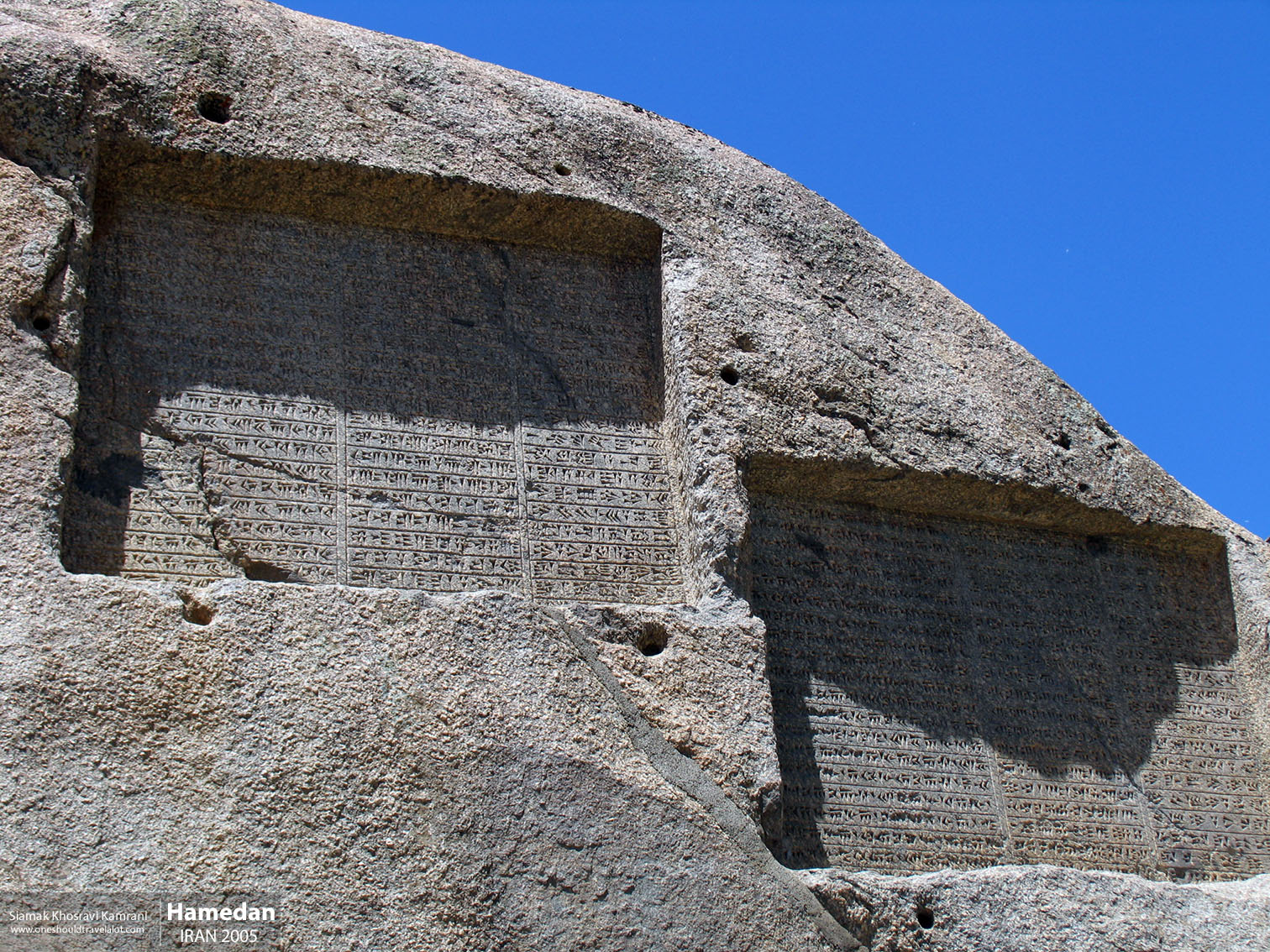Discovering Tehran: Through the Lens of a Young Photographer
First Impressions of Tehran
As my plane descended towards Imam Khomeini International Airport, the sprawling city of Tehran unfurled below me, a bustling metropolis framed by the towering Alborz Mountains. Tehran, the capital of Iran, is a city of contrasts where ancient traditions coexist with modern aspirations. I felt a mix of excitement and curiosity, eager to explore and capture the essence of this vibrant city through my camera lens.
Stepping out of the airport, I was immediately struck by the warmth and hospitality of the Iranian people. The standard of living here seemed relatively high, with well-maintained roads, modern infrastructure, and an impressive array of vehicles. As I made my way to my accommodation in the city center, I couldn’t help but notice the blend of old and new architectural styles, from the grand palaces and historic mosques to the sleek skyscrapers and contemporary art galleries.
The Pulse of the City
Tehran’s atmosphere is electric, pulsating with the energy of nearly nine million residents. The city’s traffic is notorious, with an intricate web of cars, motorcycles, and pedestrians weaving through the streets. Yet, amidst this apparent chaos, there is a rhythm and order that speaks to the resilience and adaptability of its people.
My first stop was the Grand Bazaar, one of the oldest and largest covered markets in the world. The bazaar is a sensory overload, with narrow alleys lined with shops selling everything from spices and carpets to jewelry and electronics. The air is thick with the scent of saffron and rosewater, and the sounds of haggling merchants and bustling shoppers fill the air. As I wandered through the labyrinthine alleys, my camera captured the vibrant colors and intricate patterns of Persian rugs, the gleam of gold jewelry, and the friendly faces of the shopkeepers who were always eager to share a cup of tea and a story.
Embracing the Culture
Tehran is a melting pot of cultures, languages, and ethnicities. The primary language is Persian (Farsi), but you will hear a multitude of languages spoken, reflecting the city’s diverse population. Iranians take great pride in their cultural heritage, and this is evident in the numerous museums, art galleries, and cultural centers scattered throughout the city.
One of my favorite places to visit was the National Museum of Iran, which houses an extensive collection of artifacts from Iran’s rich history, dating back to the Paleolithic era. The intricately carved stone reliefs and ancient pottery provided a fascinating glimpse into the lives of the people who once inhabited this land.
Another cultural highlight was the Golestan Palace, a UNESCO World Heritage site. This opulent palace complex, with its stunning gardens, mirrored halls, and exquisite tile work, is a testament to the grandeur of the Qajar era. As I walked through the palace grounds, my camera captured the play of light on the shimmering tiles and the reflections in the tranquil pools.
The Flavors of Tehran
Iranian cuisine is a feast for the senses, and Tehran offers an incredible array of dining options, from street food stalls to upscale restaurants. One of my most memorable meals was at a traditional Persian restaurant where I enjoyed dishes such as kebabs, saffron rice, and a variety of stews flavored with herbs and spices. The highlight, however, was the dessert – a delicate rosewater and saffron ice cream that melted in my mouth, leaving a lingering sweetness.
Street food is also an integral part of Tehran’s culinary scene. As I strolled through the city’s parks and squares, I couldn’t resist the tempting aroma of freshly baked bread, grilled corn, and roasted chestnuts. One evening, I found myself at Darband, a popular area at the foothills of the Alborz Mountains, known for its outdoor restaurants and cafes. Here, I savored a cup of traditional Iranian tea while enjoying the cool mountain breeze and the lively atmosphere.
The Heart of Tehran: Its People
What truly makes Tehran special are its people. Iranians are renowned for their hospitality, and I experienced this firsthand throughout my journey. From the shopkeepers at the bazaar who invited me for tea to the families who welcomed me into their homes, I was constantly struck by their kindness and generosity.
One of the most memorable encounters was with a group of young photographers who invited me to join them on a photo walk. As we explored the city’s hidden gems together, we exchanged tips and stories, and I gained a deeper appreciation for Tehran through their eyes. They introduced me to lesser-known spots like the artistic neighborhood of Tajrish, with its colorful murals and quaint cafes, and the serene Ab-o-Atash Park, where we captured stunning sunset shots over the city skyline.
The Societal Fabric
Tehran is a city of contrasts, where tradition and modernity coexist in a delicate balance. The societal conditions reflect this dynamic, with a blend of conservative values and progressive attitudes. Women in Tehran, for instance, navigate a complex landscape of cultural expectations and modern aspirations. While traditional attire is common, it is not unusual to see women wearing stylish, contemporary clothing, reflecting their individuality and independence.
Education and intellectual pursuits are highly valued in Iranian society, and this is evident in the numerous universities and research institutions in Tehran. The city is also a hub for art and literature, with a thriving community of writers, poets, and artists who contribute to its vibrant cultural scene.
Capturing the Essence of Tehran
As my time in Tehran drew to a close, I reflected on the myriad experiences and encounters that had shaped my journey. From the bustling bazaars and historic palaces to the serene parks and vibrant street life, Tehran is a city that defies easy categorization. It is a place where ancient traditions meet modern aspirations, where hospitality and resilience are woven into the fabric of daily life.
Through my lens, I sought to capture the essence of Tehran – its colors, its contrasts, and most importantly, its people. Each photograph is a testament to the city’s enduring spirit and the warmth of its residents. As I packed my bags and prepared to leave, I knew that Tehran had left an indelible mark on my heart, and I looked forward to the day I would return to explore its many layers once again.
Key Takeaways
- Tehran is a city of contrasts, blending ancient traditions with modern aspirations.
- The Grand Bazaar is a must-visit for its vibrant atmosphere and diverse offerings.
- Iranian hospitality is legendary, and the people of Tehran are incredibly welcoming.
- The city’s cultural heritage is rich and well-preserved in its many museums and historical sites.
- Tehran’s culinary scene offers a delightful exploration of Persian cuisine.
- The societal conditions reflect a blend of conservative values and progressive attitudes, with a strong emphasis on education and intellectual pursuits.
Recommended Places to Visit
- Grand Bazaar: A historic market offering a variety of goods and a vibrant atmosphere.
- Golestan Palace: A UNESCO World Heritage site showcasing the grandeur of the Qajar era.
- National Museum of Iran: Home to an extensive collection of artifacts from Iran’s rich history.
- Darband: A popular area at the foothills of the Alborz Mountains, known for its outdoor dining and scenic views.
- Tajrish: An artistic neighborhood with colorful murals and quaint cafes.
- Ab-o-Atash Park: A serene park offering stunning views of the city skyline.



